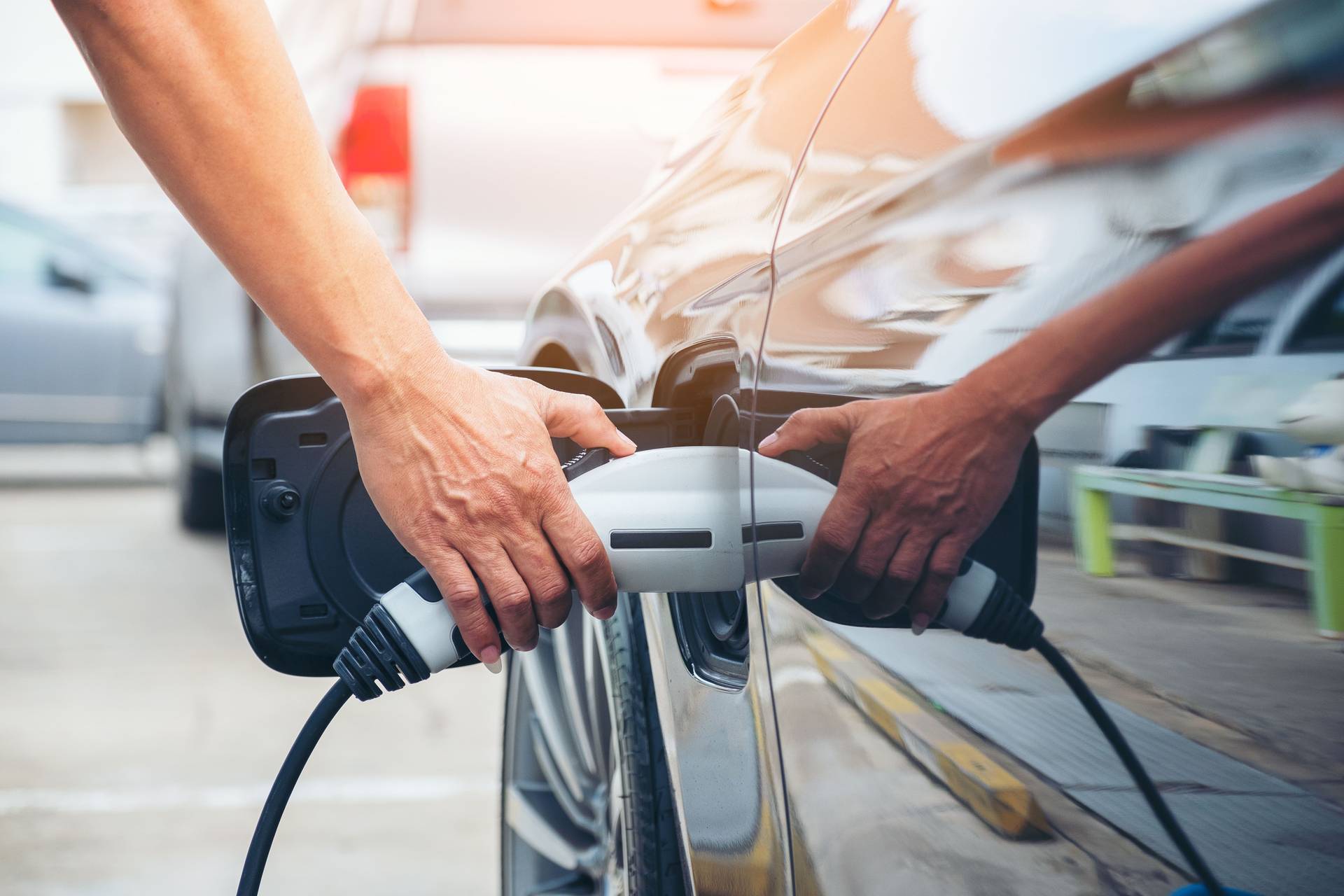
Driving towards road transport sustainability with electric vehicles and hydrogen fuel cells
Electric vehicles (EVs) and hydrogen fuel cells are two promising technologies for decarbonizing road transport. However, both technologies also face challenges that require innovative and equally sustainable solutions.

According to the World Resources Institute, the transport sector contributed 6.2 billion tonnes of carbon emissions in 2020, almost a quarter of global emissions. The need to reduce these emissions held responsible for global warming, weather changes and droughts is imperative if we are to meet the 1.5-degree Paris commitment to build a sustainable world. But the shift away from fossil fuels for vehicles has not been easy. Domination of the energy market by the oil industry has ensured that our reliance on oil prevails in our yearly consumption of 35 billion barrels of oil to maintain our mobility needs.
But is change on the way?
Clean energy for transport in the form of renewables is happening. Electric vehicles (EVs) are growing in popularity, with the International Energy Agency (IEA) reporting that the number of electric cars on the world’s roads by the end of 2021 was about 16.5 million, triple the amount in 2018.
In Southeast Asia, the EV market is poised for substantial growth, with Thailand leading the way among ASEAN nations in implementing policies that incentivize EV adoption, offering benefits to consumers, and providing subsidies to automakers to boost local EV production.
However, despite its growing popularity and inherent advantages over internal combustion engines (ICEs), coupled with the potential to run on zero emission power, EVs have still not fully captured the attention of motorists.
Perhaps one of the main obstacles is that the clean energy paradigm requires different infrastructure.
Addressing challenges in charging infrastructure
The range of EVs is half of that of ICE vehicles, hence the demand for conveniently located charging points is a factor. This has implications for grid design to accommodate mobility needs as well as powering our buildings and facilities. In response to this challenge, rather than building thousands of charging points in city streets, installing charging technology into road systems is an alternative (e.g., wireless charging technology for EVs in motion).
AECOM New Energy focuses on transit electrification and associated infrastructure development to enable end-to-end delivery of energy portfolios. At The Philadelphia Navy Yard, a former shipyard redeveloped as a mixed-use neighborhood, AECOM is studying how vehicle-to-grid (V2G) and other emerging electrification technologies can be integrated into the district’s emerging and growing micro-grid amid early challenges of expensive costs in installation.
Energy storage is another issue facing the uptake of EVs. Today’s batteries are becoming lighter and cheaper, but they remain the limiting factor to EV performance. Problems concerning EV batteries range from lack of replacements and insurance liabilities to the end-of-life issues around collection and disposal, as well as few universal standards regarding the monitoring of the health of a battery, collecting the hardware and handling reverse logistics at the end of its life cycle. But as scale builds, undoubtedly we should reach alignment of standards and practices in the future.
Tapping into the fuel of the future
On the other hand, addressing the issue of storage, hydrogen has emerged as the fuel of the future. Clean and lightweight, hydrogen has a long history of energy utilization related to the development of fuel cells. Hydrogen for energy storage can have major positive strides specifically in the transportation sector. Utilizing hydrogen for private and commercial vehicles could be viable although delivery of hydrogen to the appropriate destination where it can be pumped into vehicles still poses a problem due to the chemical processes involved and temperature conditions required for storage.
In many parts of Europe, both private and government institutions have been heavily investing in hydrogen research, yet many industries remain skeptical. To address issues involving availability of hydrogen infrastructure, the Benelux region is building their first hydrogen station. AECOM is supporting this endeavor by providing Engineering, Procurement, and Construction Management services. Within this framework, we executed project management services including in-house design, permitting procurement and safety supervisory activities. Prior to project execution, we supported our client with the grid update of the network and procurement of the transformer execution works related to installation, as well as in permitting and implementation of safety in design. We also provided retail and stakeholder management in the interferences between the hydrogen contractor, general contractor for the civil and electrical works and other subcontractors, and developed constant communication and collaboration with the retailer of the station.
At present, electric vehicles and hydrogen fuel cells, which have been around since the last century, take on an urgent and critical role. With the road transport undergoing a paradigm shift, adopting these technologies for decarbonization becomes a pressing agenda. It is essential to use this knowledge wisely to ensure the sustainable future of mobility.